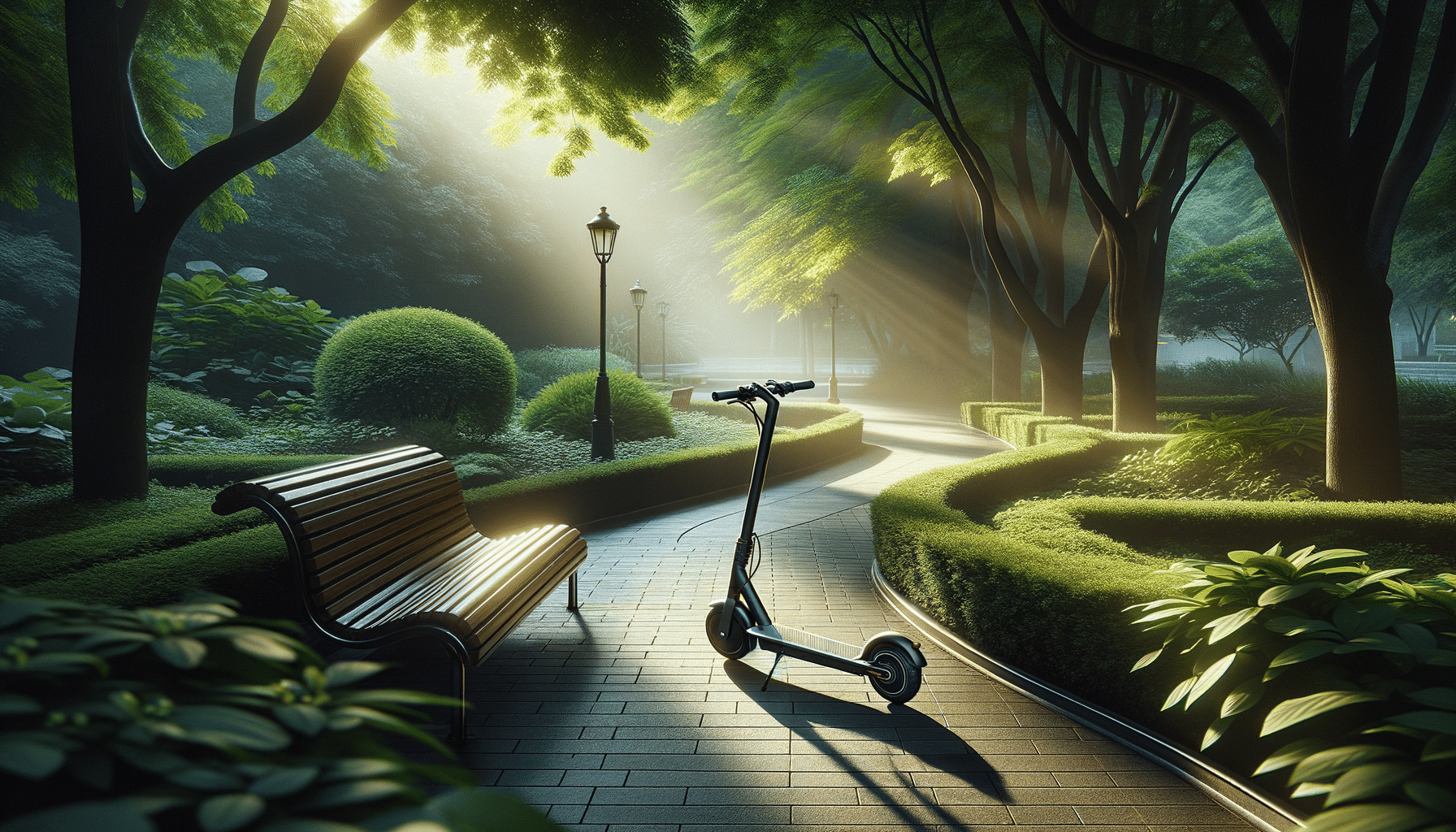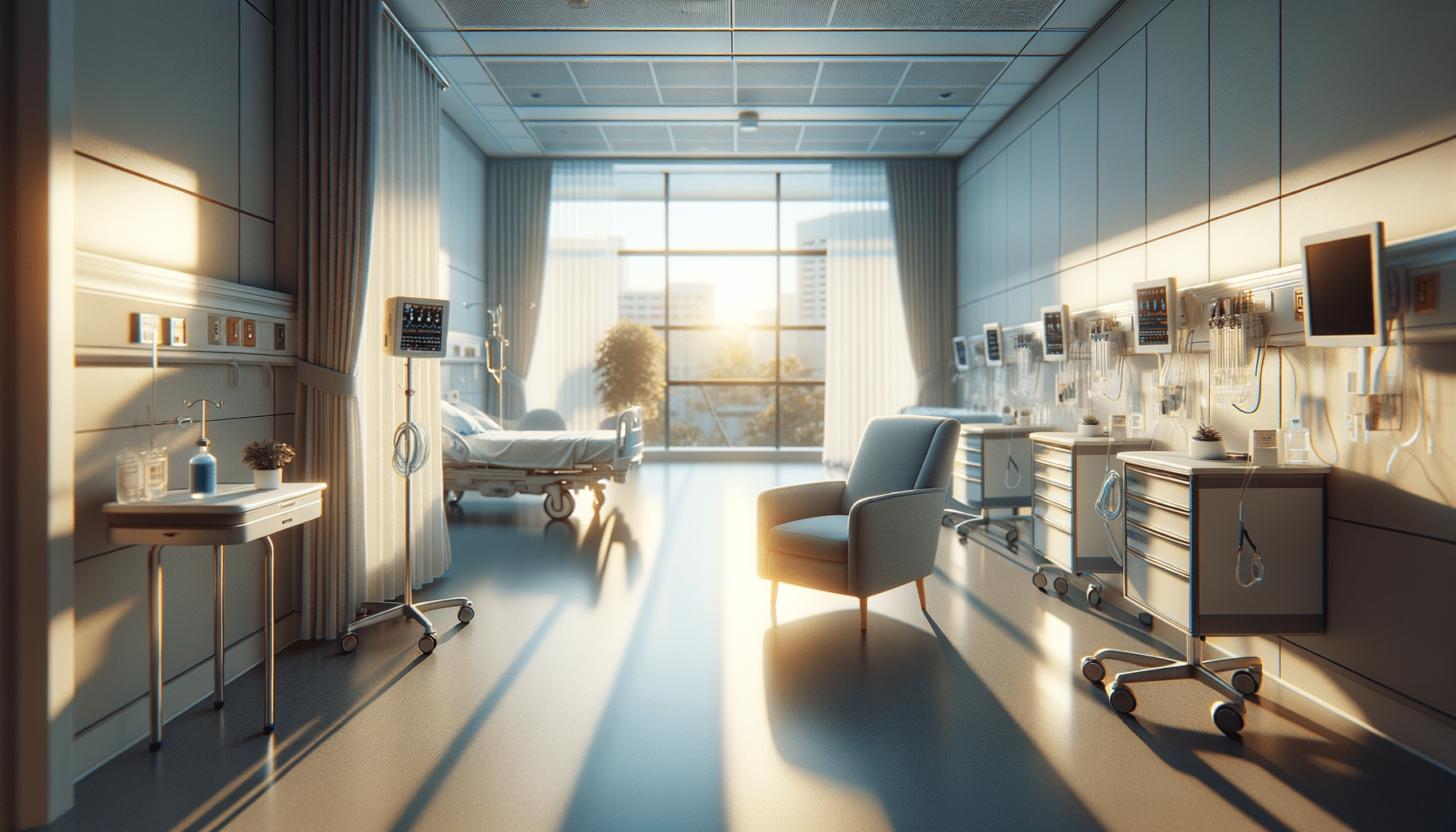
Exploring the World of Food Photography: Tips for Capturing Culinary Art
Food photography is a delightful fusion of art and science, capturing the essence of culinary creations in a single frame. This visual storytelling not only appeals to the taste buds but also engages the viewer’s imagination, making it an essential skill for anyone interested in digital gastronomy.
Understanding the Basics of Food Photography
Food photography is more than just pressing a button on a camera. It requires a keen eye for detail, creativity, and a good understanding of lighting and composition. According to professional photographer Andrew Scrivani, “Lighting is everything. It sets the mood and brings out the colors and textures in food.” Natural light is often preferred, as it provides a soft, even illumination that enhances the food’s appearance.
Essential Equipment
While a high-end camera can be beneficial, it’s not a necessity for capturing outstanding food photographs. Many successful food photographers start with a smartphone, thanks to its convenience and portability. However, investing in a few key pieces of equipment can elevate your work:
- Tripod: A tripod stabilizes your camera, allowing for sharper images and the ability to experiment with longer exposure times.
- Reflectors and Diffusers: These tools help manipulate light, reducing harsh shadows and highlighting specific areas of the dish.
- Lenses: A macro lens is particularly useful for capturing fine details.
Composition Techniques
Composition is crucial in food photography. The rule of thirds, leading lines, and framing are techniques that can guide the viewer’s eye and create more dynamic images. For instance, placing the main subject off-center can add interest and depth to the photograph.
Styling Your Plate
Food styling is an art in itself. The goal is to make the food look as appetizing as possible. A study by the Journal of Sensory Studies found that visually appealing food can enhance perceived taste and satisfaction. To achieve this, pay attention to color balance, texture, and portioning. For example, a bright, colorful salad can be arranged to highlight its freshness and variety.
Editing and Post-Processing
Editing is the final step in the food photography process. Software like Adobe Lightroom or Snapseed can help adjust brightness, contrast, and saturation to make your images pop. However, it’s important to maintain a natural look to ensure the food looks realistic and appetizing.
Additional Resources
For those eager to dive deeper into the world of food photography, numerous online courses and workshops are available. Websites like Skillshare and Coursera offer classes taught by industry professionals.
| Equipment | Average Cost | Purpose |
|---|---|---|
| Camera | $500 – $2000 | Capturing high-quality images |
| Smartphone | $300 – $1200 | Convenient and portable photography |
| Tripod | $50 – $200 | Stabilizing the camera |
| Reflector | $20 – $50 | Manipulating light |
| Diffuser | $20 – $50 | Softening light |
| Macro Lens | $100 – $500 | Capturing detailed close-ups |
| Editing Software | $10 – $50/month | Post-processing images |
| Food Props | $5 – $100 | Enhancing composition |
Frequently Asked Questions
How can I improve my food photography skills?
Practice regularly, analyze professional work, and experiment with different lighting and compositions.
Is a DSLR necessary for food photography?
No, many successful images are captured with smartphones. A DSLR offers more control but isn’t essential.
What are common mistakes in food photography?
Over-styling, poor lighting, and cluttered backgrounds are frequent issues.
Conclusion
Food photography is an exciting field that combines creativity with technical skill. By understanding the basics, investing in the right tools, and continually practicing, you can capture stunning culinary art that not only looks delicious but tells a story. So, grab your camera or smartphone, and start exploring the vibrant world of food photography today!


